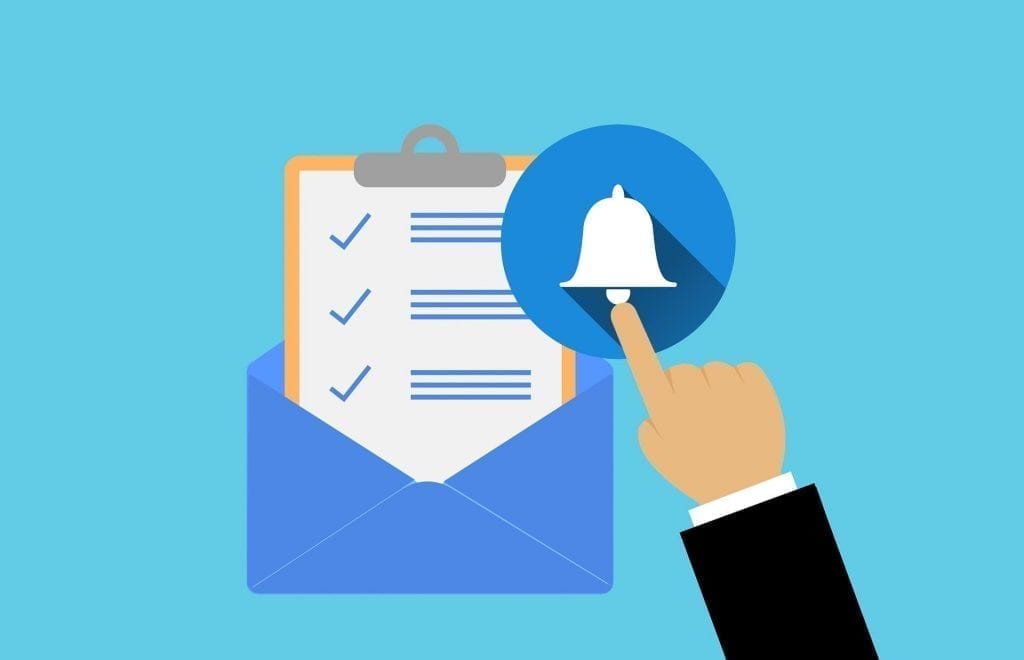Recently, Timesheets.com updated the service to include a notification of any records exceeding a specified value when closing a payroll period. This new feature intends to resolve meal break violations. California, specifically, has a law that requires employees to take a 30-minute lunch break for every 5 consecutive hours worked when the employee works more than 6 hours in a single day. An employer must relieve an employee of all tasks and duties during this meal break period. If the employee does not get a meal break—during which they are relieved of their work duties—for each five consecutive hours worked, a violation occurs. A meal break violation is payable to the employee at the rate of one hour at regular pay. Violation pay does not count towards overtime calculations.
The CA meal break law gets a little more complicated, too. If employees work more than 12 hours in a single day, the employee is entitled to another 30-minute meal break period by the time they have worked 10 hours. There are also industry exceptions, specifically for those in the motion picture business. Employees and employers can come to a mutual agreement for the meal break periods to be waived. Both parties should document this mutual consent.
To help avoid meal break violations and penalties, employers can use this new notification. Here’s how:
- When selecting parameters after clicking Close Payroll Period in the left menu, check the box to Identify records exceeding 5.00 continuous hours worked.
- Preview your preliminary payroll report as you would normally.
- If any records exceed the threshold, you will see the following warning:
- To see more detail on the individual records that were in violation, click on the plus sign to the left of the user’s name.
- In the Total column, any records in red text will indicate potential meal break violations.
Employers should note that this notification is also included in report 3, Preview Current Period (with overtime). The instructions on how to use it are the same as above.
This new feature allows employers to be aware of any potential meal break violations. If there was a true violation in which requires payment to an employee, the employer should add the penalty to the user’s time sheet under a non-accruable time off category. We recommend renaming a category if you have one available. Make sure not to use an accruable time off category that would withdraw from the employee’s time off balance! Detailed work notes on violation records will be very beneficial for both employers and employees
Keep in mind that labor laws are often in flux. As of this writing, the laws stated are correct and current; however, that may change. Additionally, other states tend to follow California’s lead and may also implement their own meal time laws and regulations
Questions?
Don’t have a Timesheets.com account? Start a free trial to see how it can work for you and your team.




